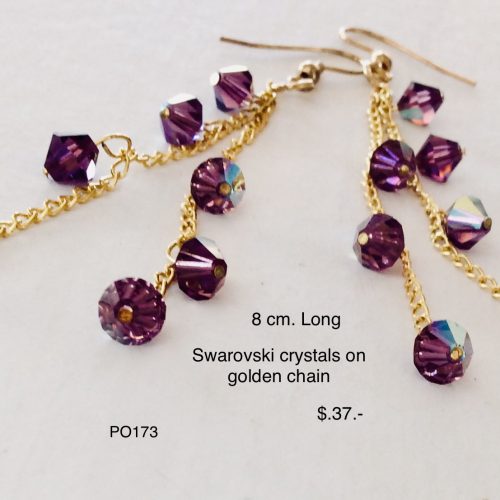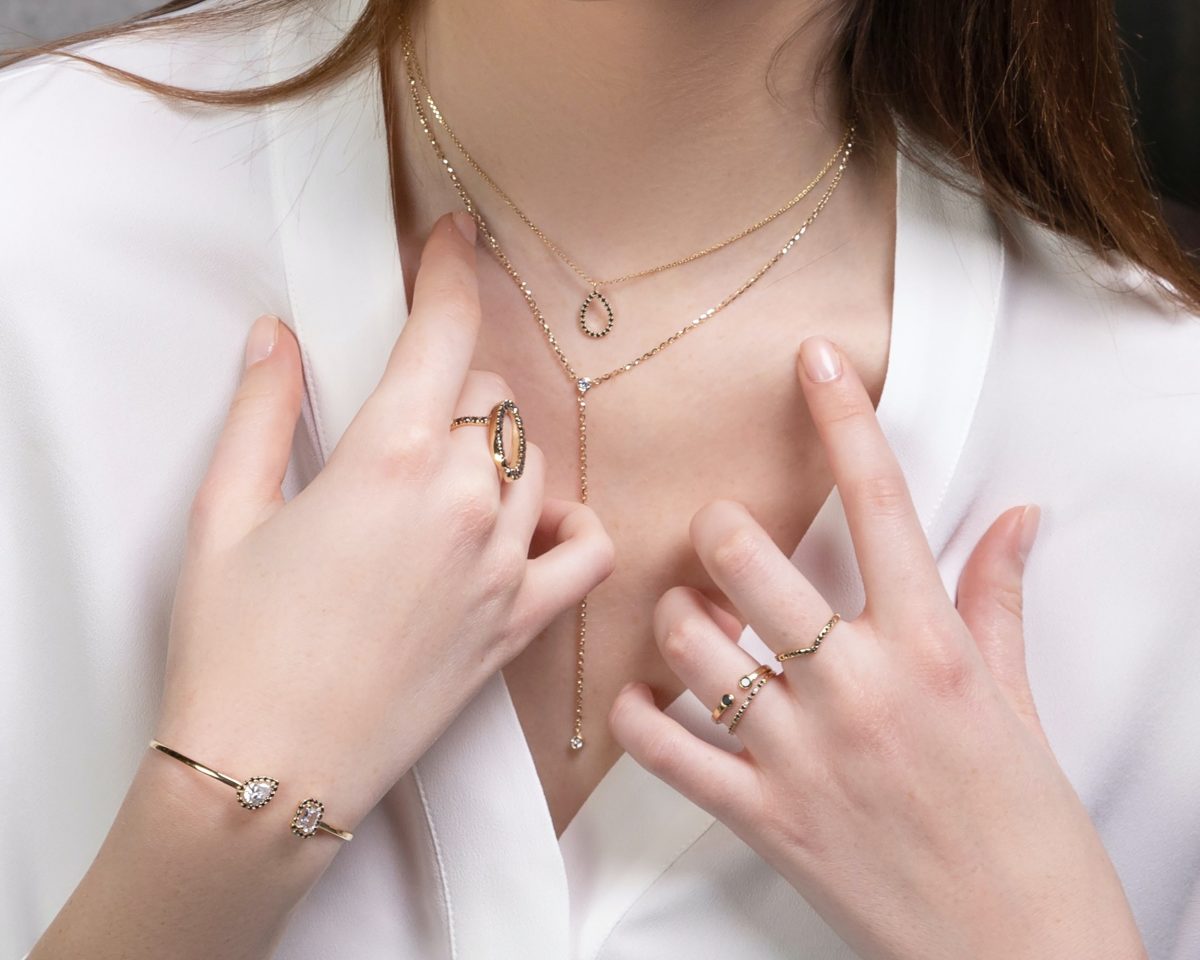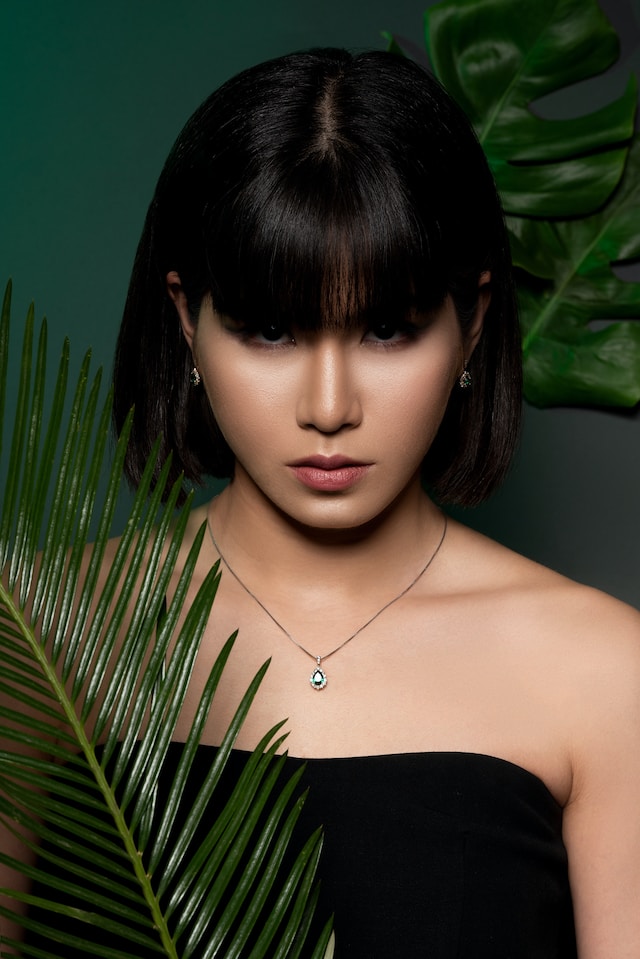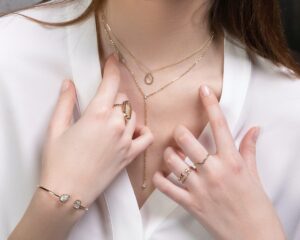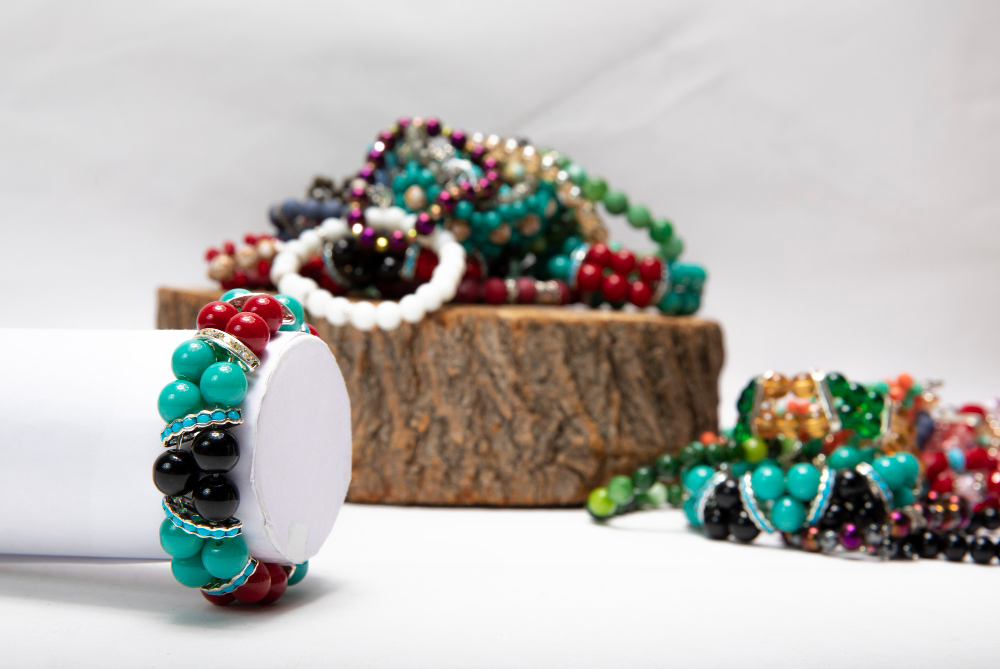A natural gemstone, also known as a precious or semi-precious gemstone, is a mineral or organic material that is cut and polished to be used in jewelry or other decorative purposes. Natural gemstones are formed through natural processes over millions of years, typically in the Earth’s crust or in certain geological environments.
Gemstones come in a wide variety of colors, shapes, and sizes, each with its own unique properties and characteristics. Some well-known natural gemstones include diamonds, rubies, sapphires, emeralds, amethysts, and pearls. These gemstones are valued for their beauty, rarity, and durability.
Gemstones are classified based on several factors, including their chemical composition, crystal structure, and optical properties. The most common classification system categorizes gemstones into precious stones (diamonds, rubies, sapphires, and emeralds) and semi-precious stones (such as amethyst, garnet, citrine, and turquoise). However, it’s worth noting that this classification is based on historical traditions and market value, rather than an inherent quality difference between precious and semi-precious gemstones.
When using natural gemstones in jewelry, they are usually cut and faceted to enhance their brilliance and reflect light. Different cutting styles, such as round brilliant, princess, emerald, or oval, are employed to maximize a gemstone’s visual appeal while considering its natural shape and characteristics.
It’s important to note that natural gemstones are distinct from synthetic or lab-created gemstones, which are artificially created in a laboratory but have similar chemical and physical properties to natural gemstones. Synthetic gemstones can provide an alternative for those who prefer more affordable or environmentally friendly options, while natural gemstones often carry a premium due to their rarity and natural origin.

